"Artificial Intelligence + Transportation" is becoming a major trend in the future of mobility. As cities become smarter and traffic systems evolve, big data and AI technologies are being leveraged to tackle urban congestion. The most critical challenge in smart city development is transportation, which directly affects people's daily lives. Therefore, intelligent transportation serves as the leading force in building a smarter city.
At the 19th China Hi-Tech Fair, Shangtang Technology, a company specializing in computer vision research, showcased its latest driving monitoring and early warning system. This system uses cameras embedded with facial recognition algorithms to analyze a driver’s expressions in real time. If the system detects signs of fatigue beyond acceptable limits, it will issue an alert to ensure safety.
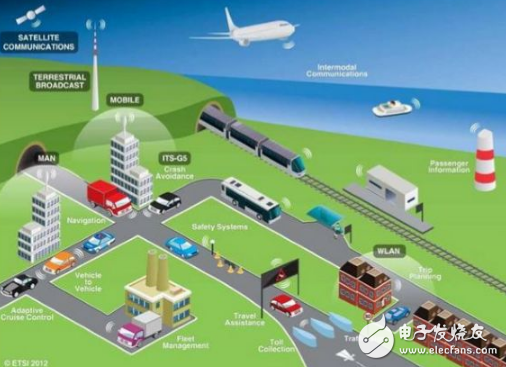
Fatigue driving can now trigger an early warning system, and in the future, vehicles could even be fully autonomous. Traffic lights may adjust dynamically based on real-time traffic flow, and AI is transforming how we drive. At the 19th China International Hi-Tech Fair held in Shenzhen, the integration of AI and urban traffic solutions captured widespread attention. The dream of driverless cars and smart traffic is no longer far away.
**Artificial Intelligence Changes Traditional Driving Behavior**
You might have seen drivers yawn repeatedly, their eyes drooping until they struggle to keep them open—this is a common sign of fatigue. In major cities, drowsy driving is one of the main causes of accidents. Now, AI is being used to address this growing concern and reduce the risks associated with tired drivers.
Shangtang Technology demonstrated its latest driving monitoring and early warning system at the fair. Their system uses AI-powered cameras to detect driver fatigue in real time and alerts the driver when necessary.
Nearby, a car equipped with an autonomous driving system attracted many visitors. Yan Xianqiao, who returned to Shenzhen from the U.S. in 2017, introduced his team’s self-developed driverless system. He mentioned that their system has been tested using domestic sensors and custom algorithms, successfully navigating normal traffic for over 30 minutes without incident.
At the 2017 Baidu World Congress, Baidu Chairman Li Yanhong announced plans to launch mass-produced autonomous minibuses with Jinlong Bus in July 2018, and to collaborate with other automakers like JAC and BAIC to develop more driverless vehicles.
**"City Brain" Takes the First Step in Smart Transportation**
AI is not only changing individual driving behavior but also revolutionizing entire urban transportation systems. In Hangzhou, AI is already being applied to overall traffic management. In October 2016, Alibaba Cloud launched the "Urban Brain" initiative, using internet infrastructure and vast urban data to conduct real-time analysis and optimize public resources.
At the Hi-Tech Fair forum, Wang Jian, chairman of Alibaba Group’s Technical Committee, explained how the "Urban Brain" works. By analyzing real-time traffic through cameras, it adjusts traffic signals to improve efficiency at intersections.
Data shows that after implementing the "Urban Brain," the average speed during peak hours in the pilot area increased by 15%, and congestion time dropped by 9.2%. In Xiaoshan District, emergency vehicles such as ambulances can now reach scenes faster thanks to the "green light" feature of the system.
The "Urban Brain" can also automatically detect incidents like traffic jams, violations, and accidents, triggering intelligent responses. In Hangzhou’s central area, the system generates over 500 alarms daily with a 92% accuracy rate.
Peng Jian, a chief architect in driverless technology, said, “Artificial intelligence is ushering in a new era of safer and more efficient urban transportation.â€
**The Outlook Is Promising, But Challenges Remain**
Currently, "AI + Transportation" is a hot topic in the investment market. According to a report by Tencent Research Institute, Chinese AI companies involved in assisted and autonomous driving ranked third in total funding, reaching 10.7 billion yuan. With only 31 companies in this field, the high level of financing indicates strong investor confidence.
Investors are optimistic due to China’s unique advantages. Peng noted that major Chinese cities offer rich traffic environments and large volumes of data, which are crucial for training autonomous driving algorithms.
However, the deep integration of AI and transportation still faces challenges. Peng pointed out that driverless technology involves multiple complex areas, including environmental perception, decision-making, and control. Breakthroughs in these fields will take time.
Zhang Yang, a product manager at Shenzhen Suo Ling Industrial Co., Ltd., emphasized that besides autonomous driving, solving vehicle-to-vehicle and vehicle-to-cloud communication is also essential.
"In the future, we will use sensors, high-definition cameras, and lidars to collect real-time data about roads, traffic lights, and vehicles. The algorithm will combine this information to make accurate decisions," he said.
A new phase of exploration has begun. Recently, the Ministry of Science and Technology decided to build a new AI open innovation platform for autonomous driving, led by Baidu. Meanwhile, Alibaba Cloud will lead the development of the next-generation AI open innovation platform for the "City Brain."
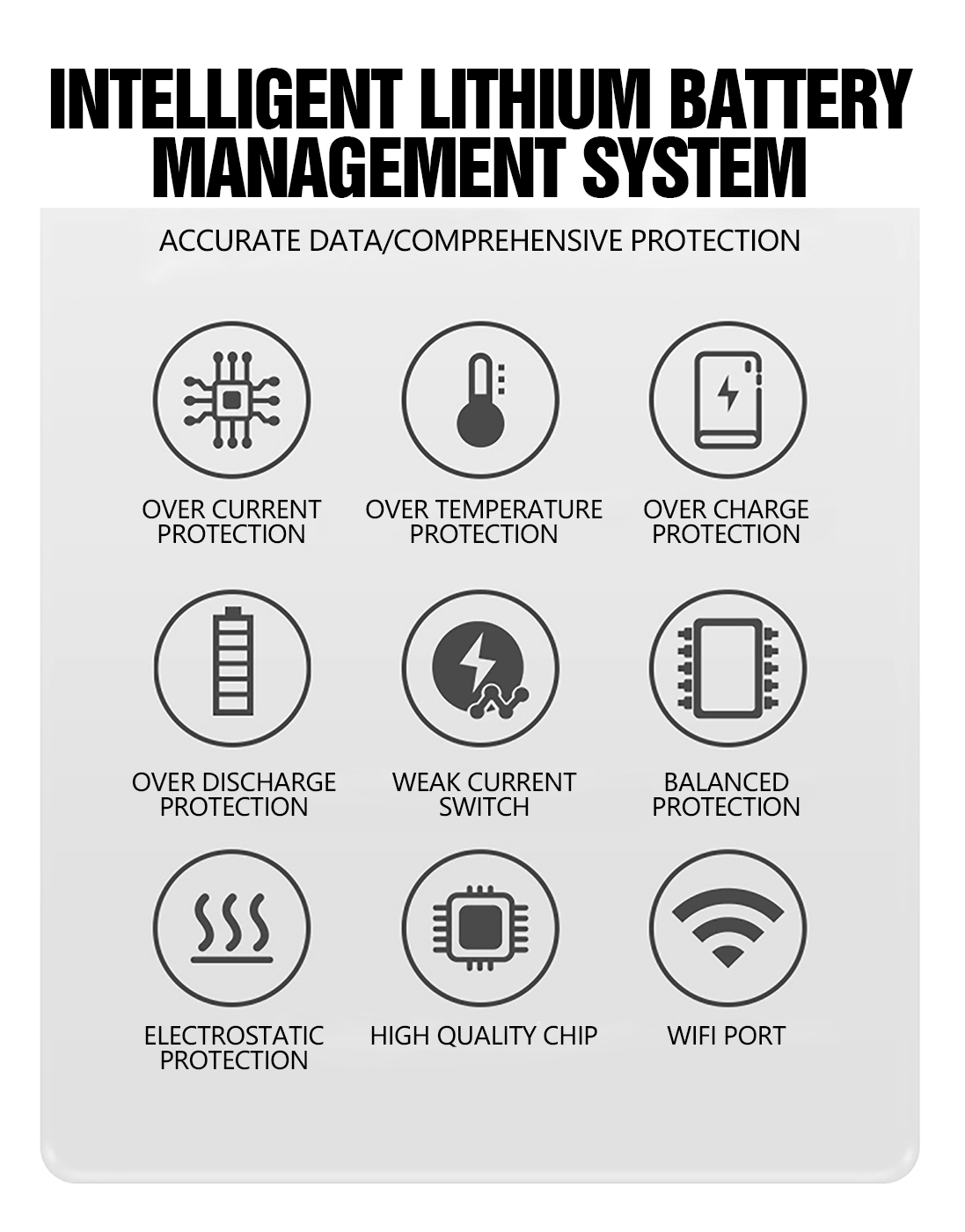
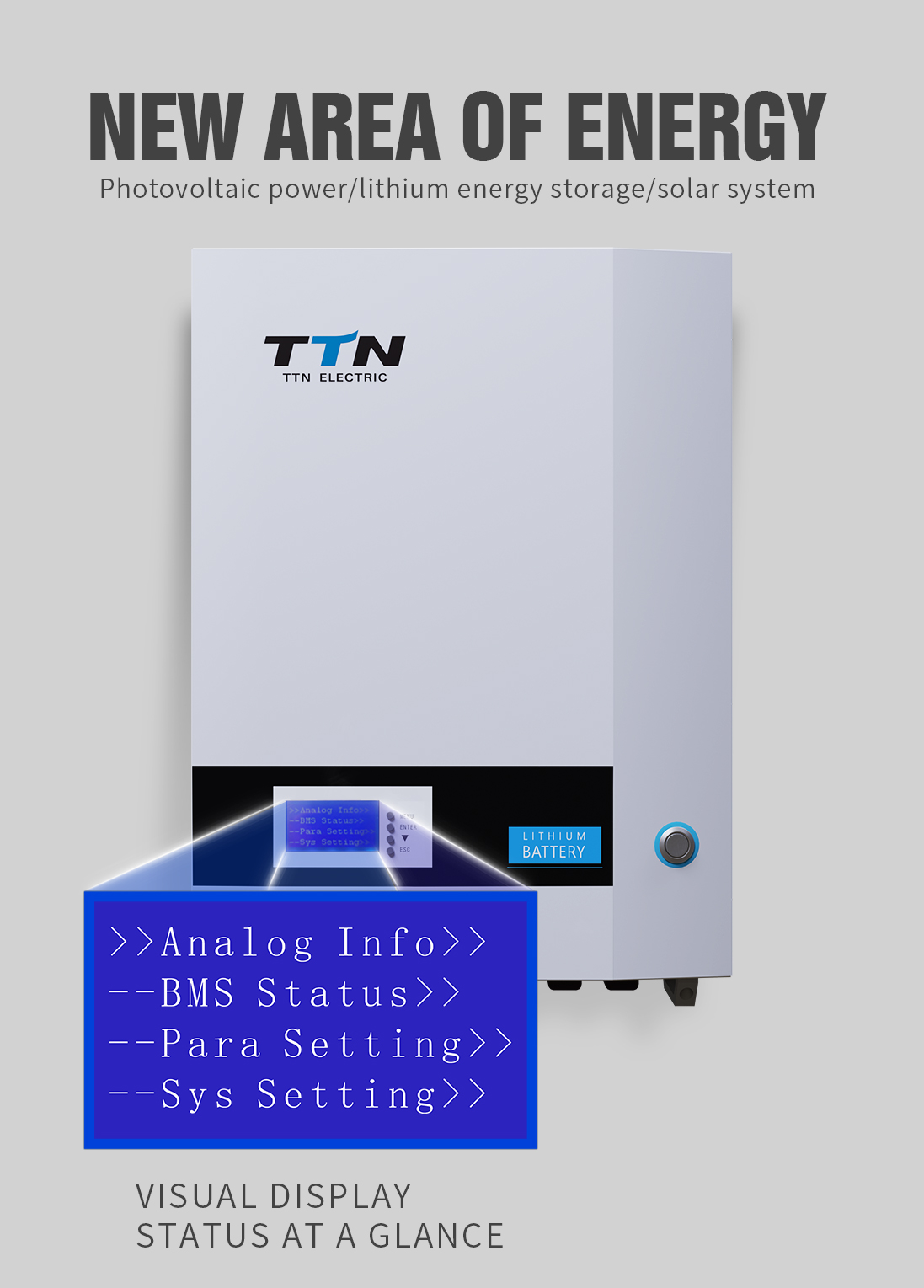
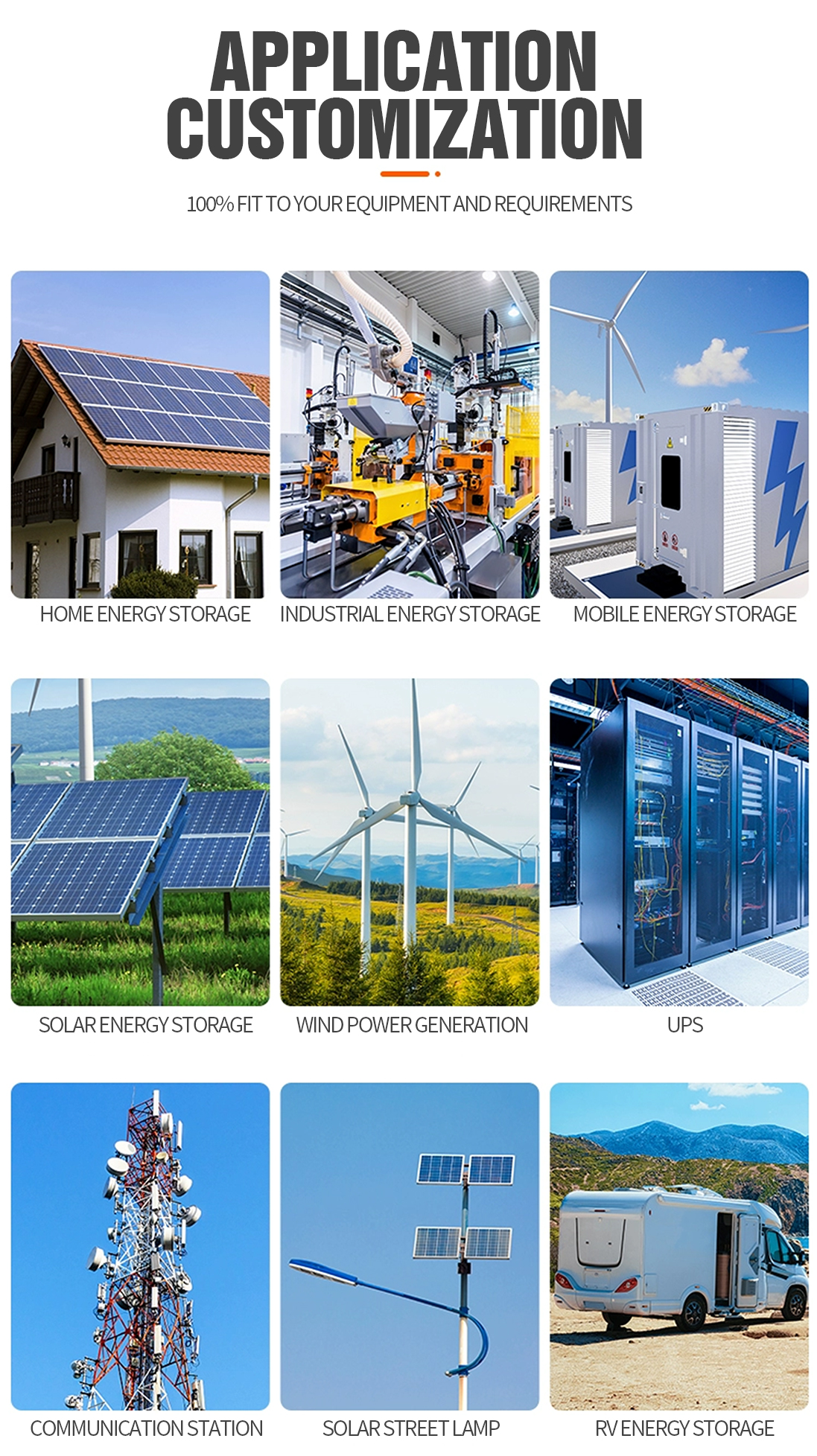
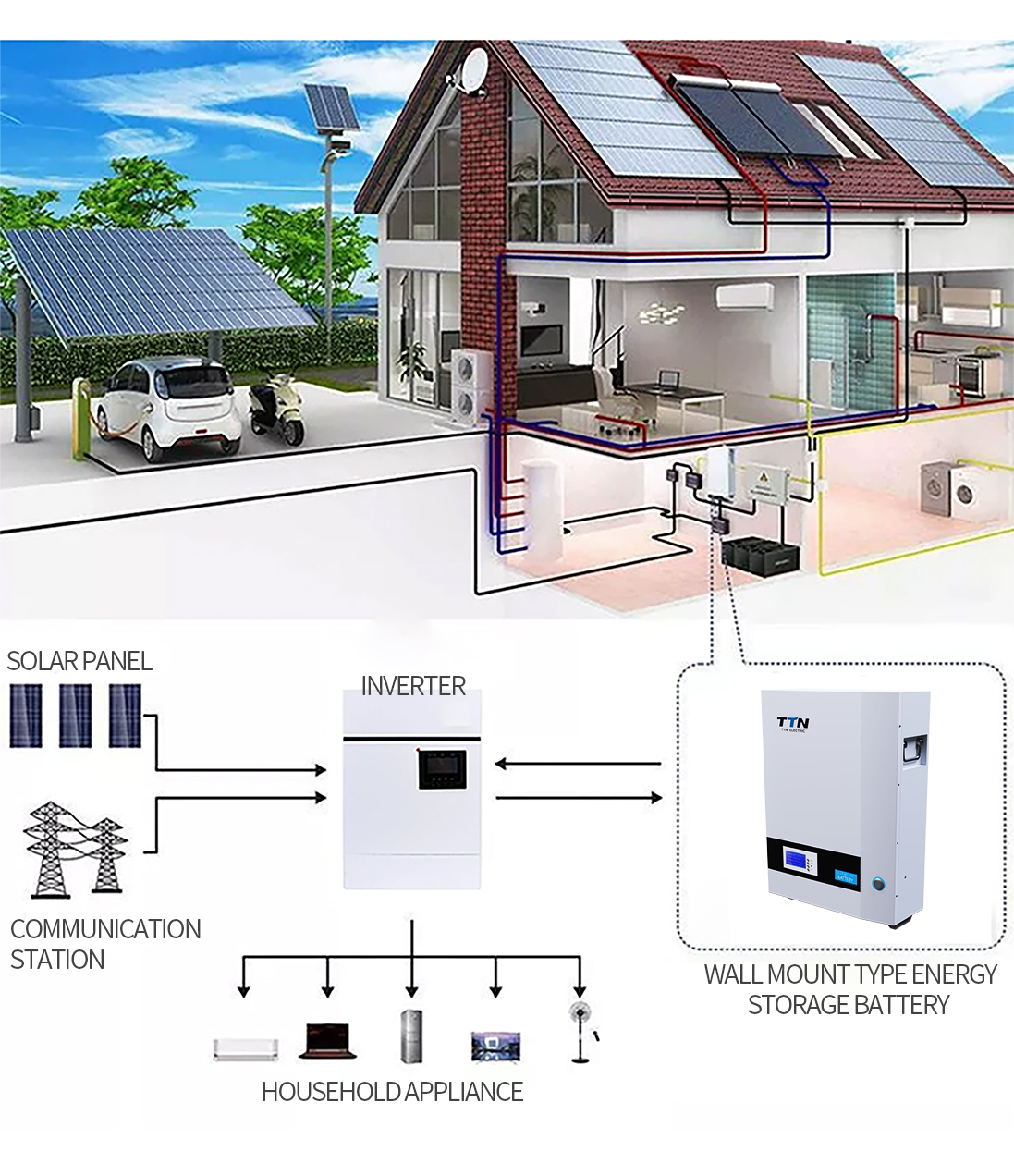
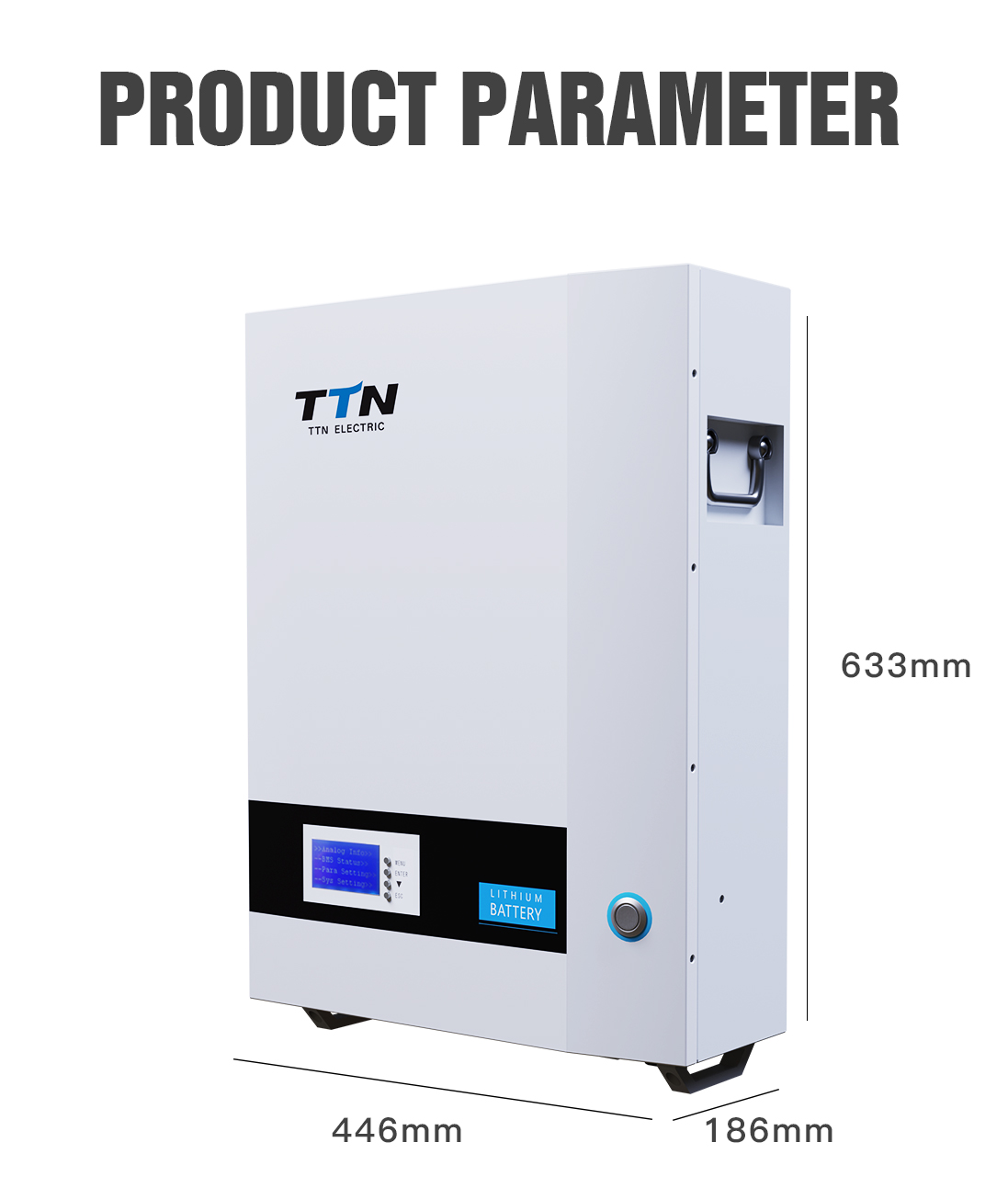
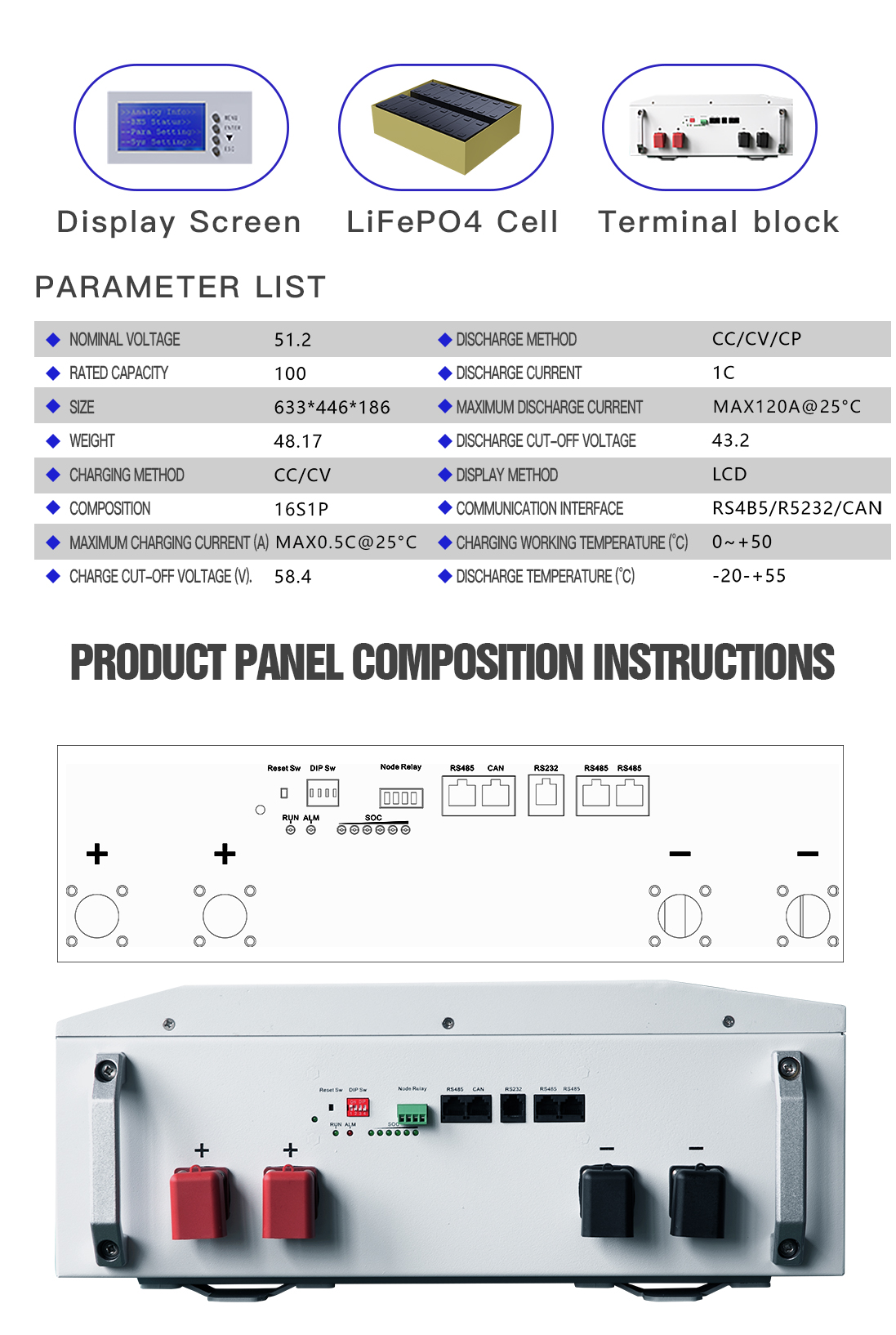
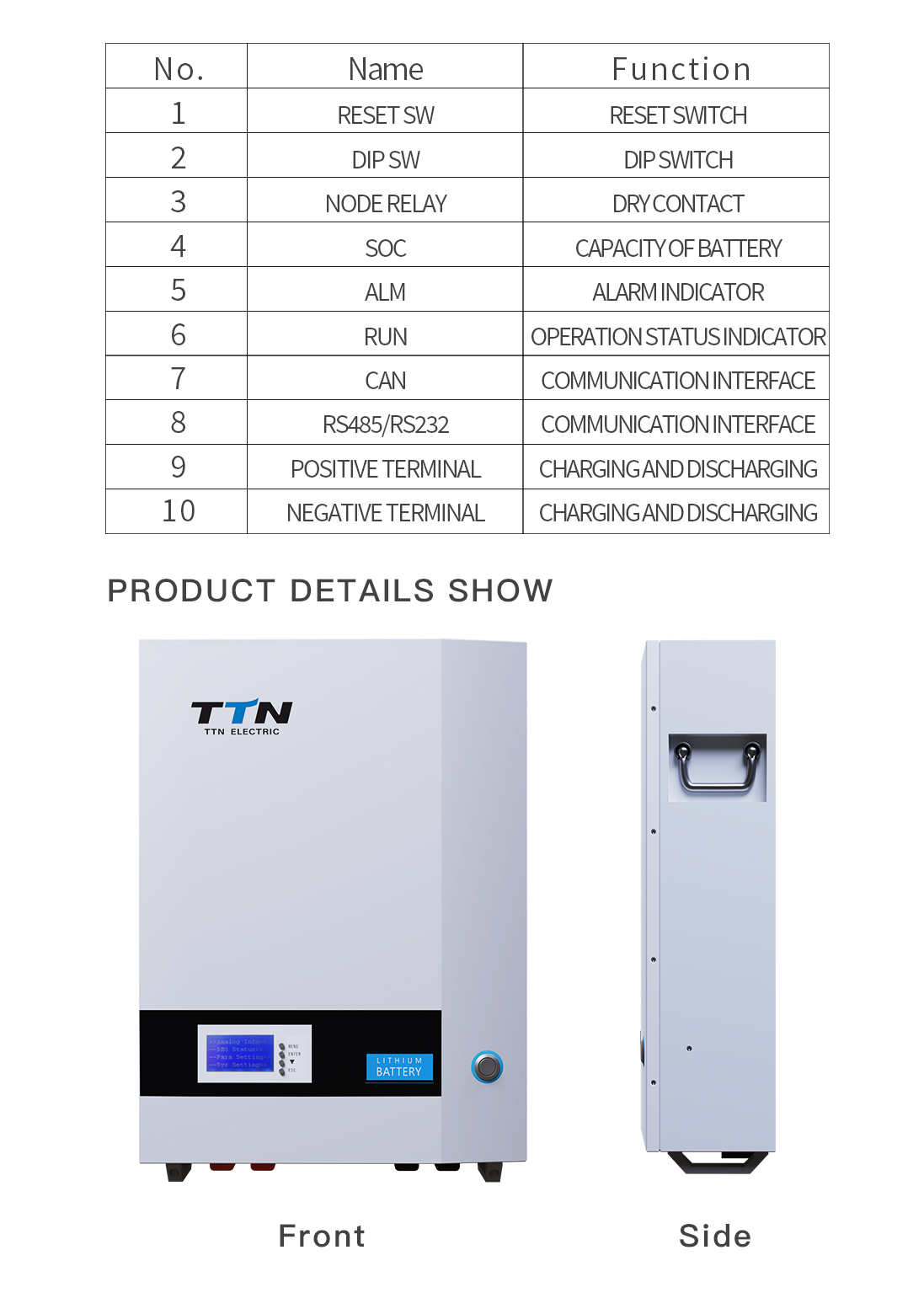
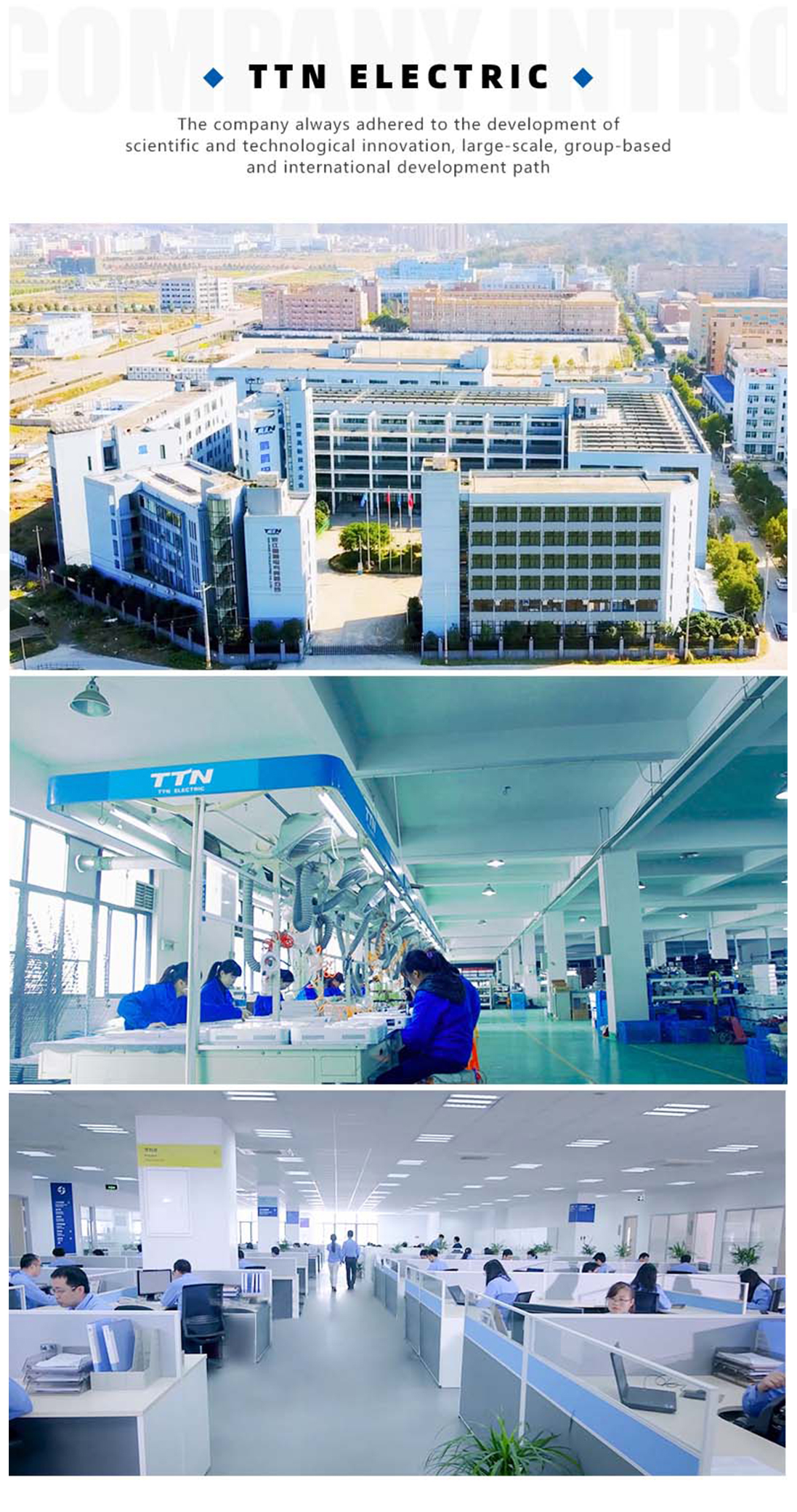
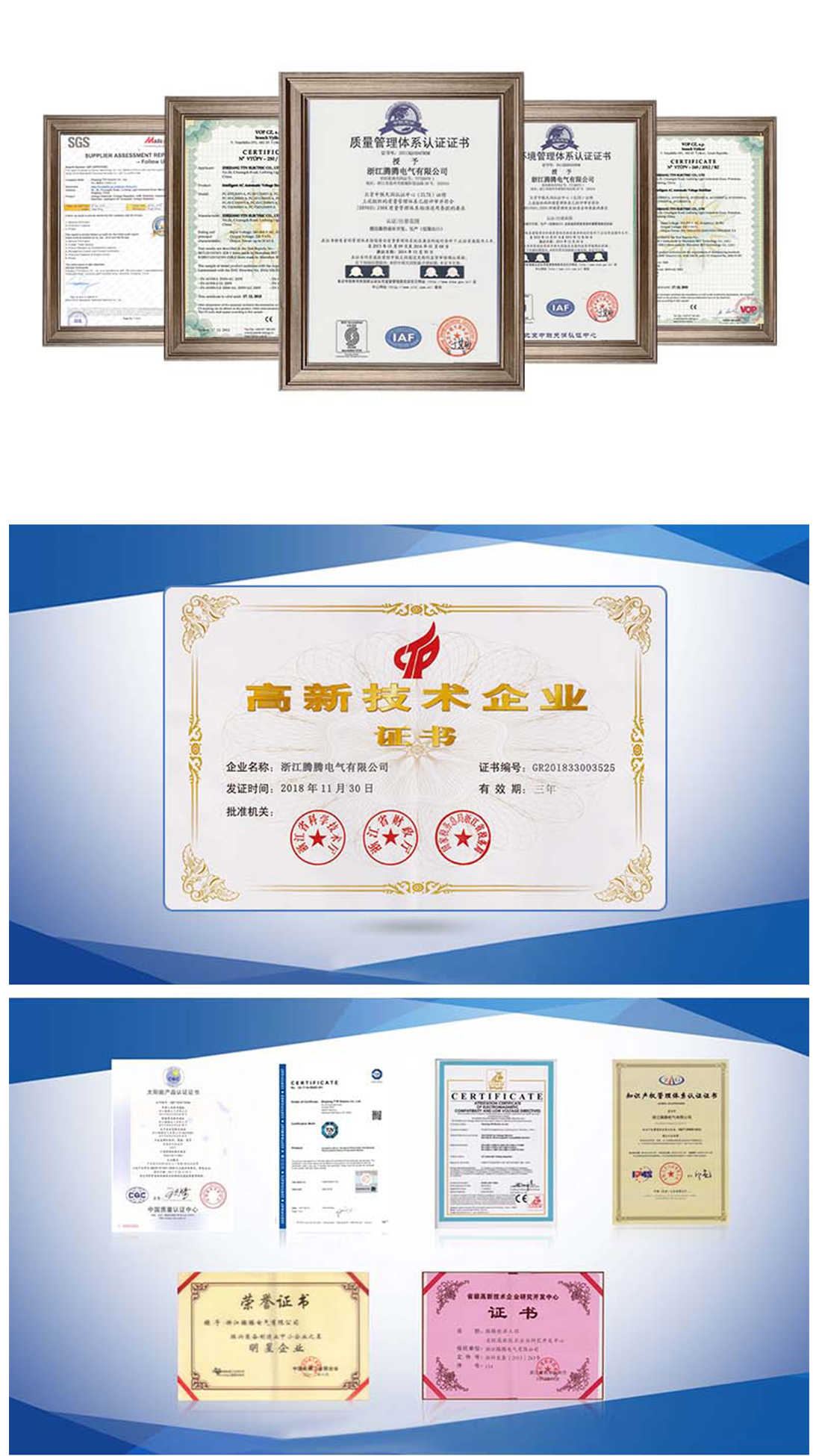
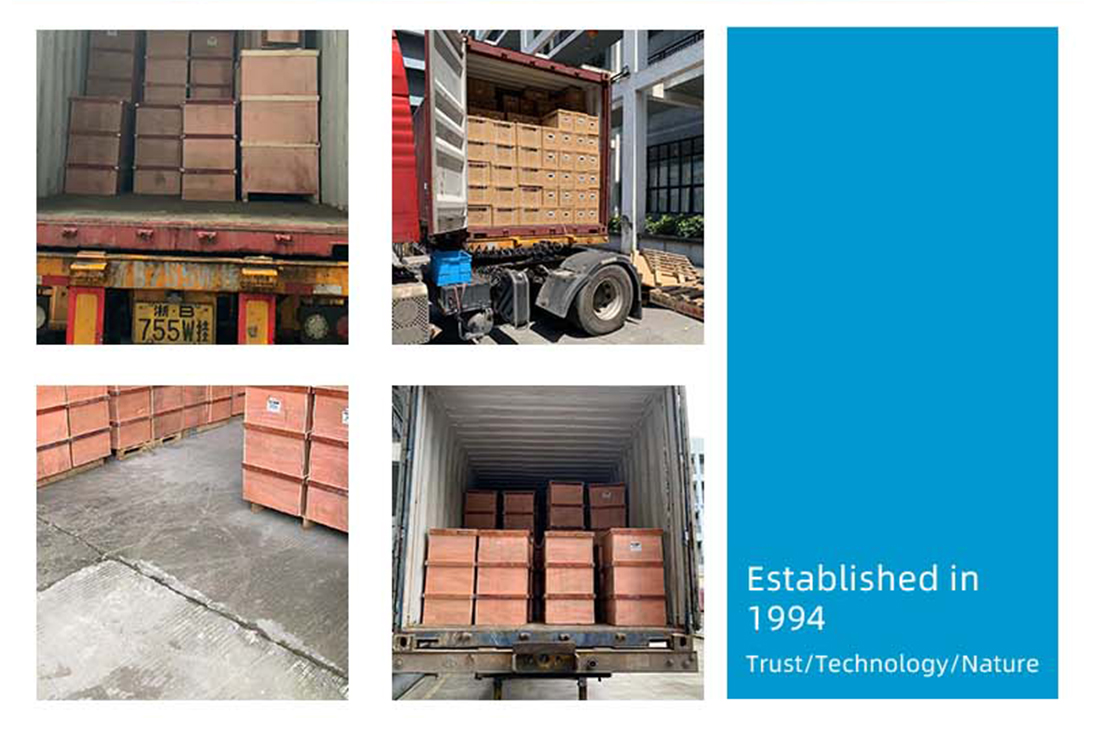
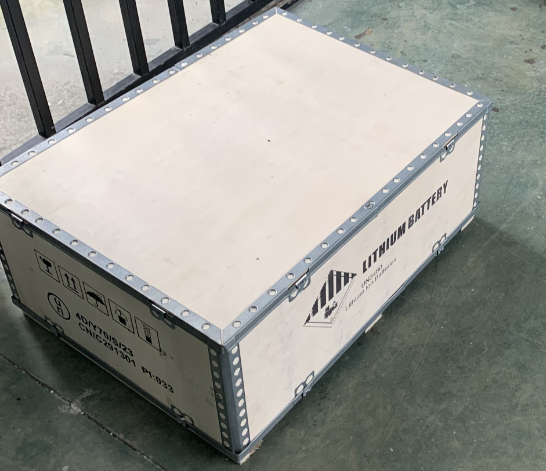












lithium battery
zhejiang ttn electric co.,ltd , https://www.ttnpower.com